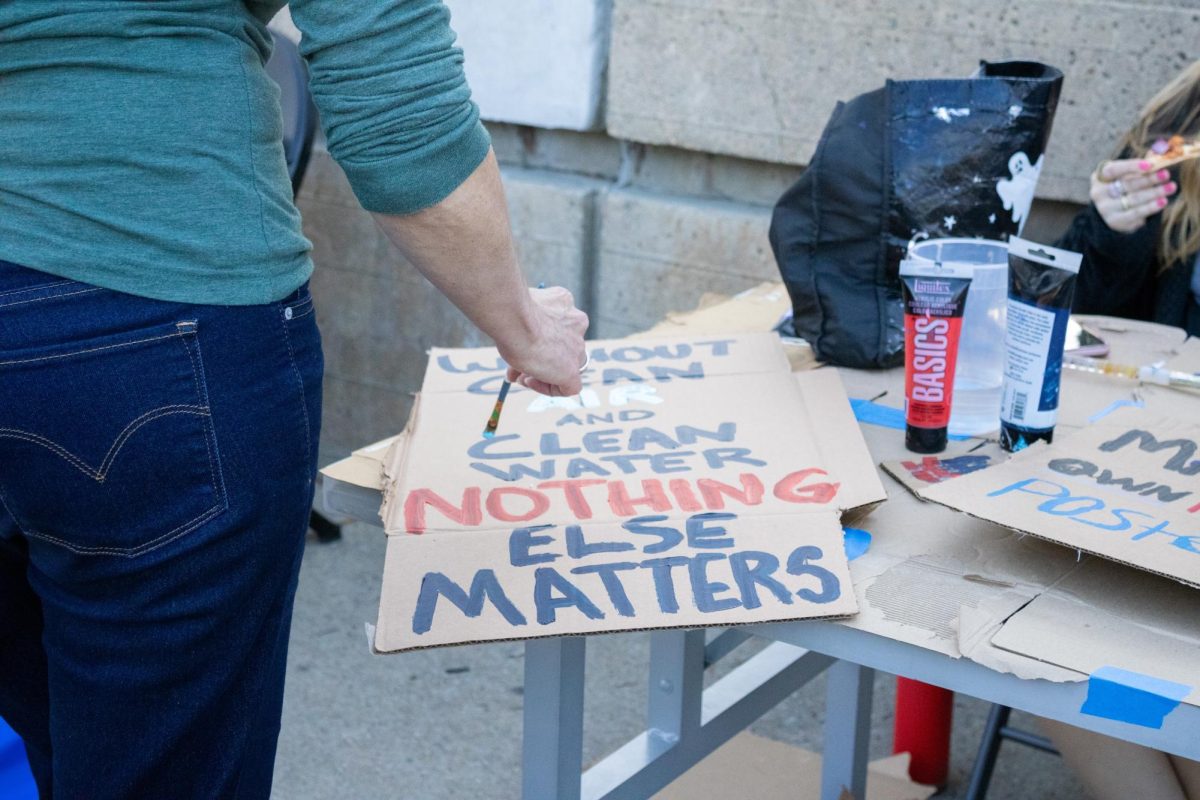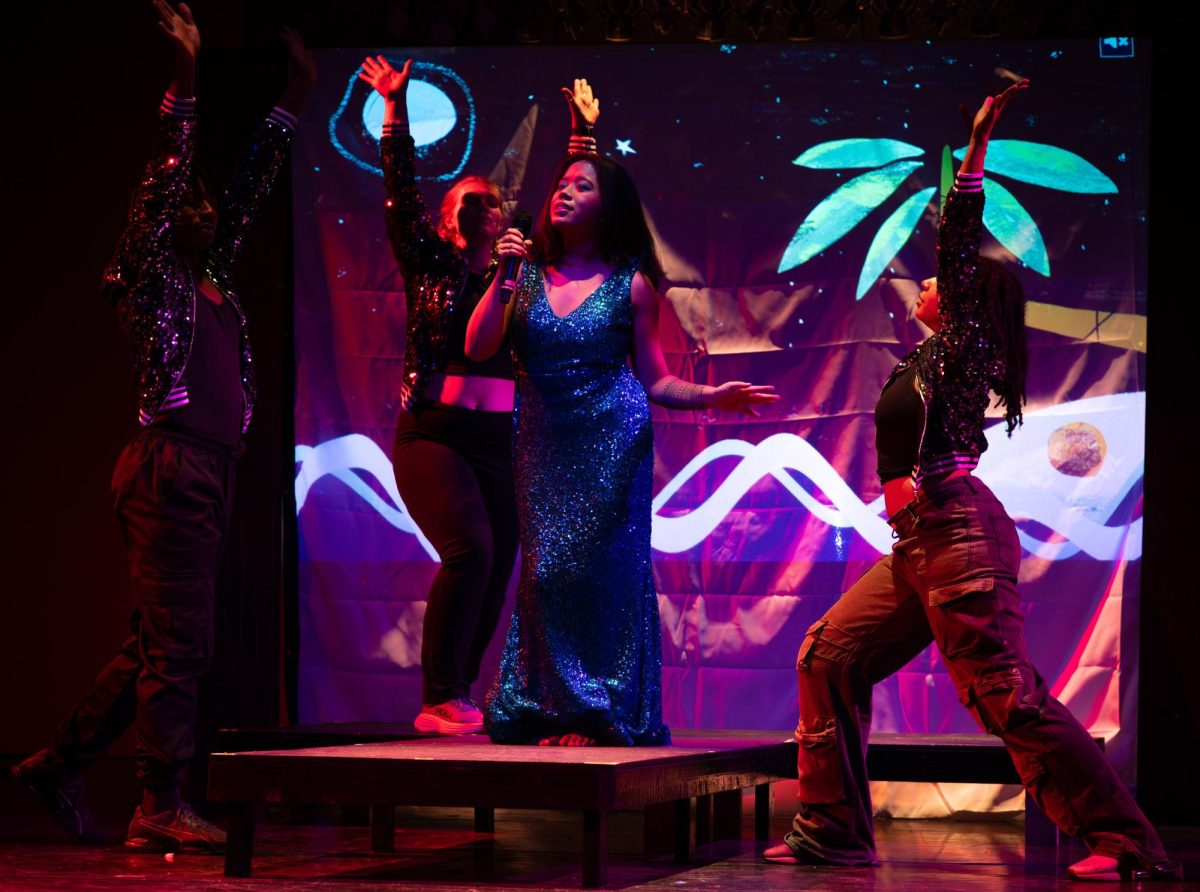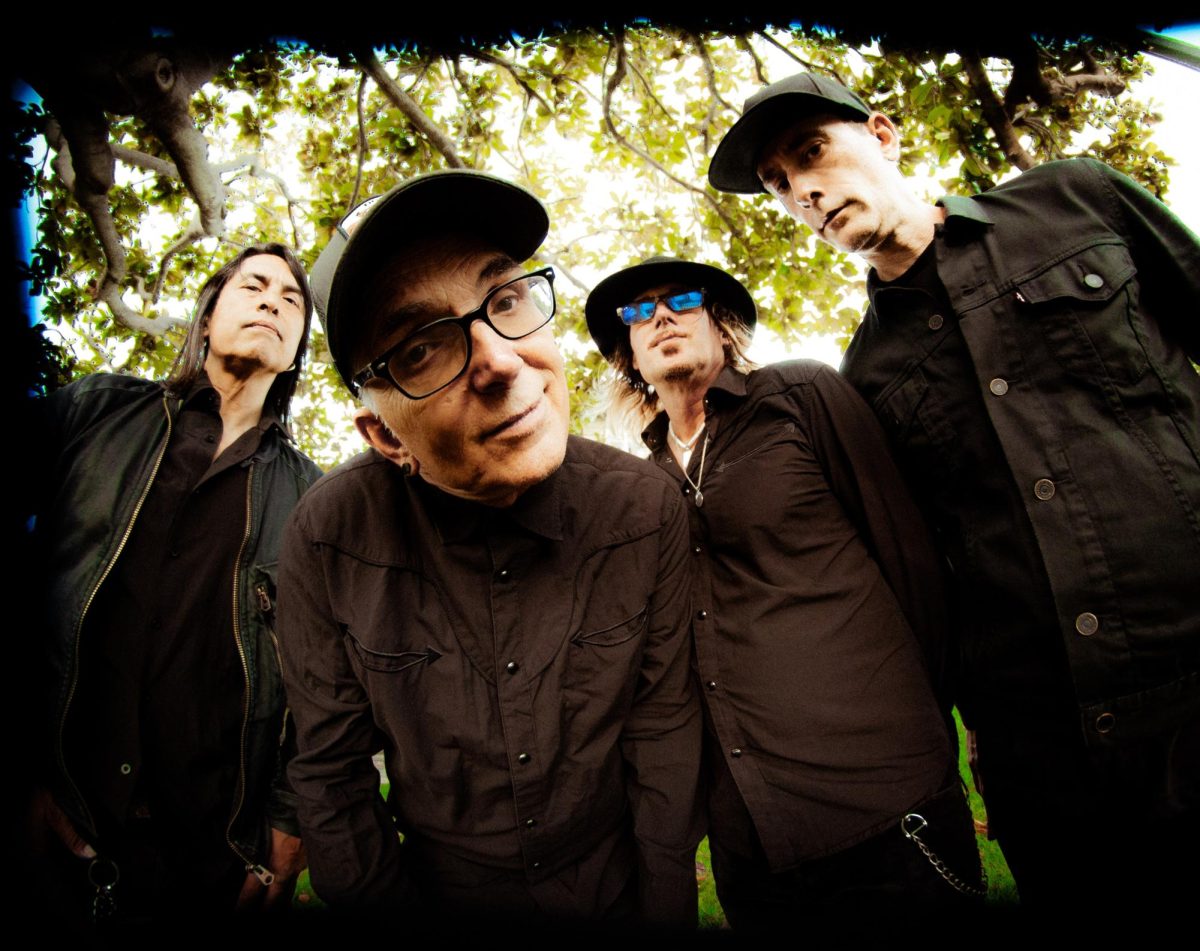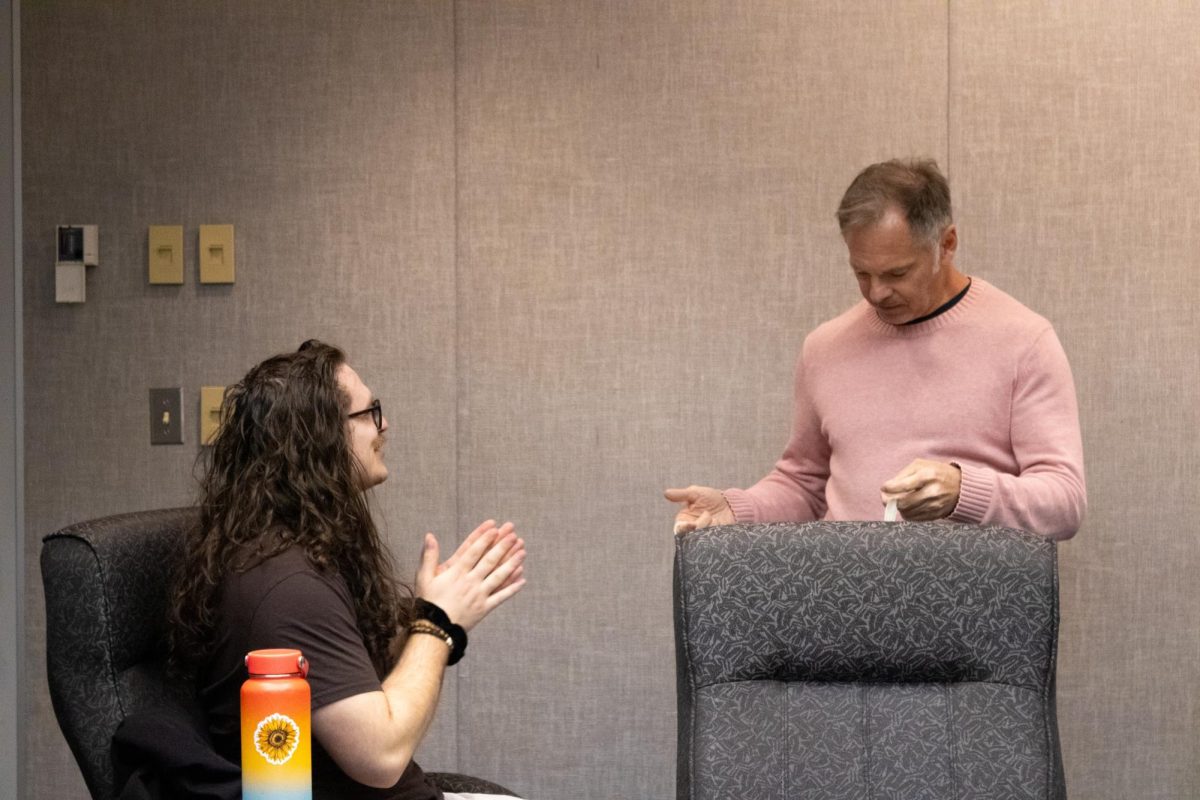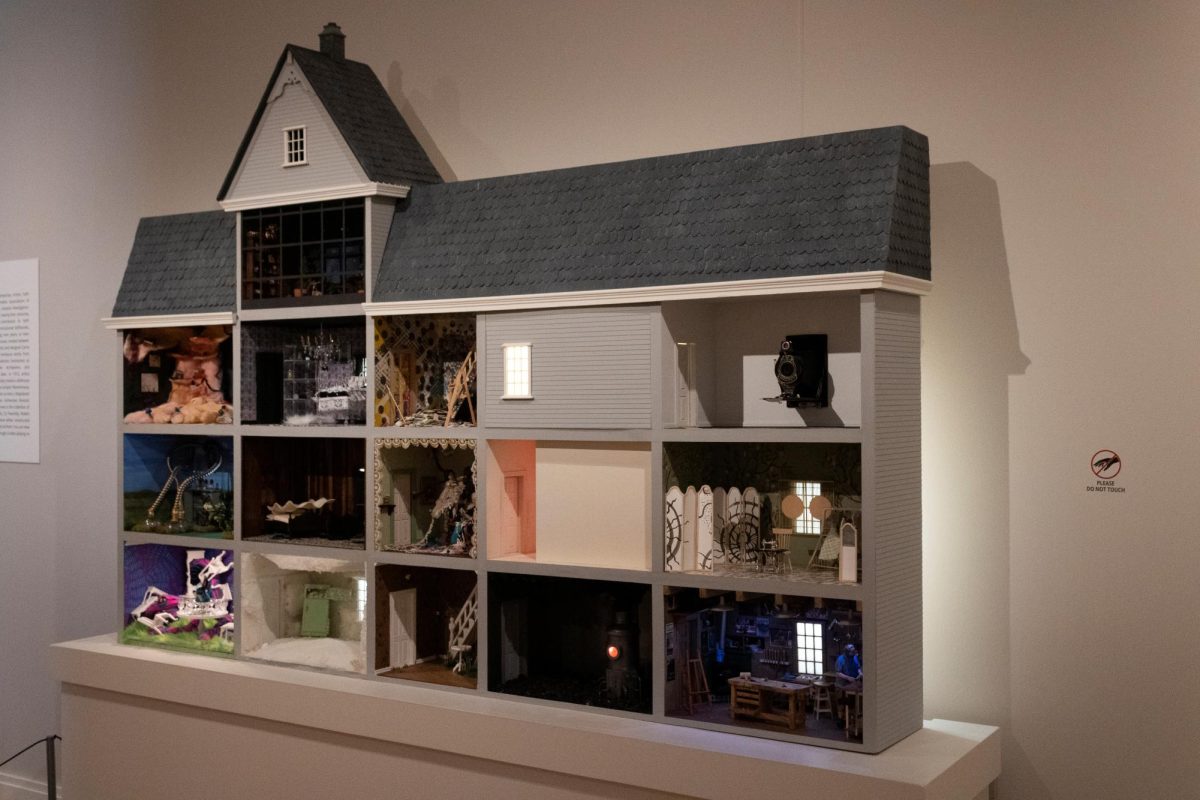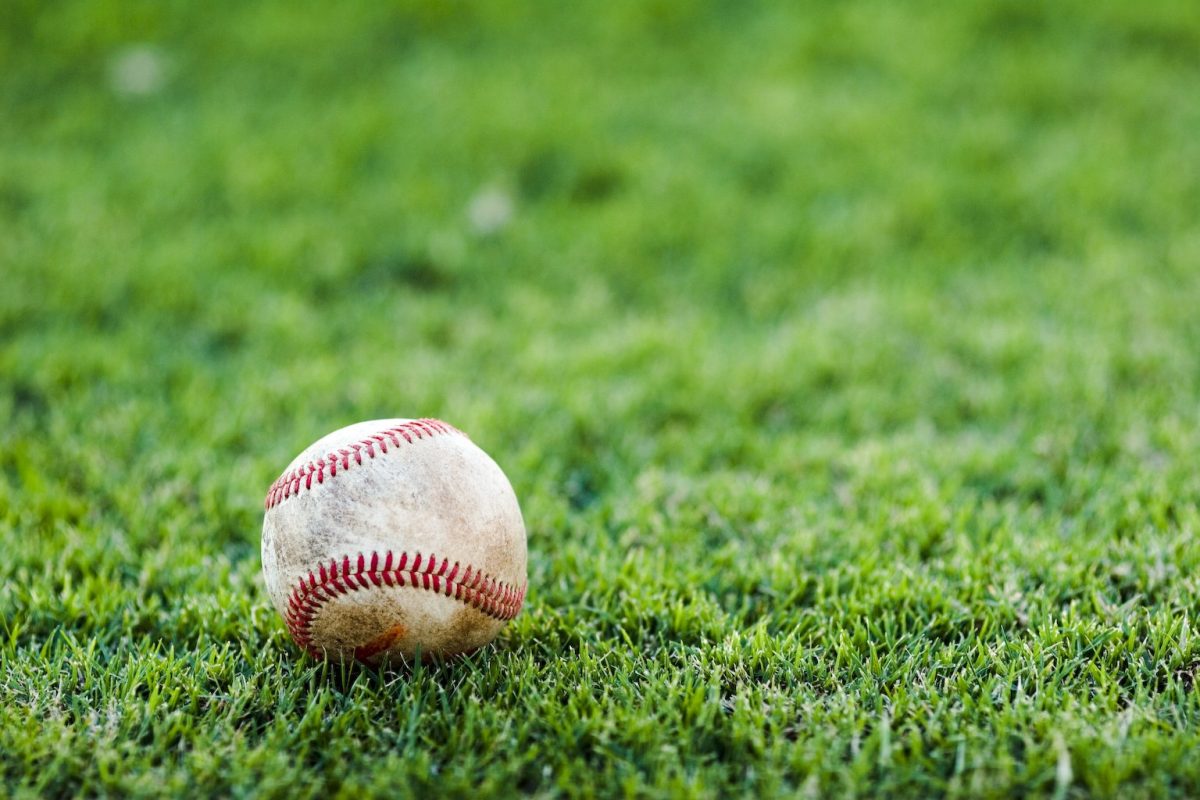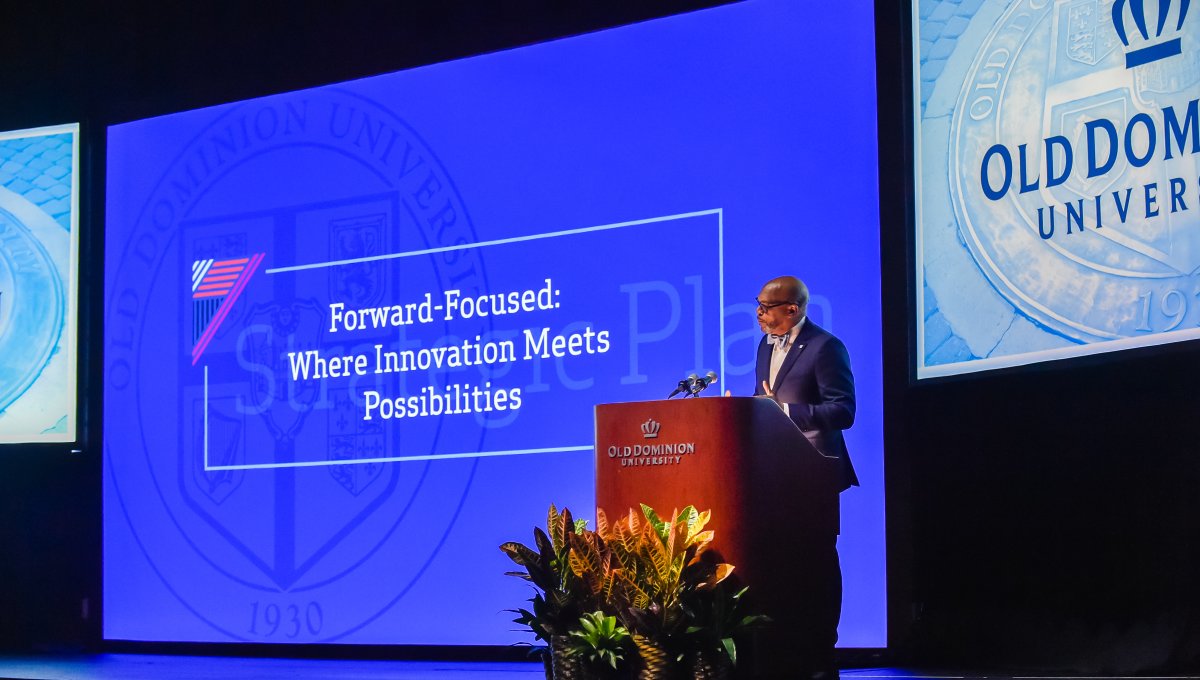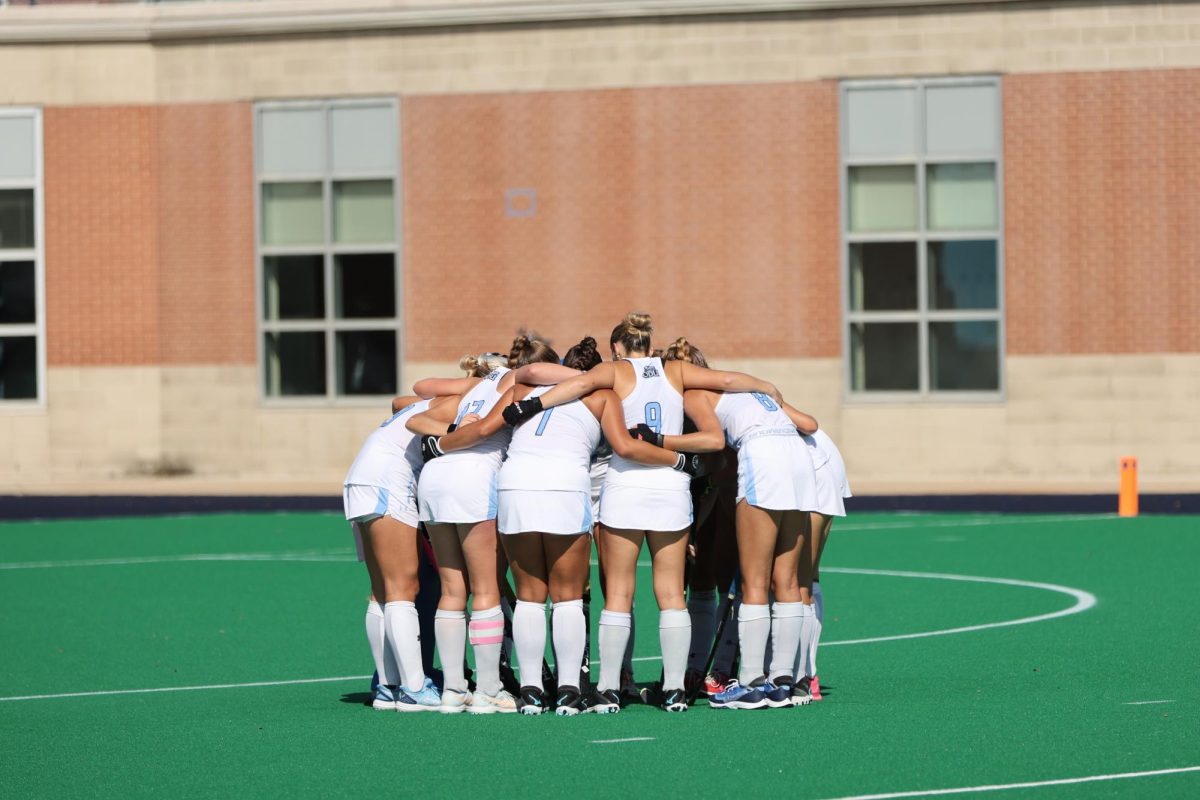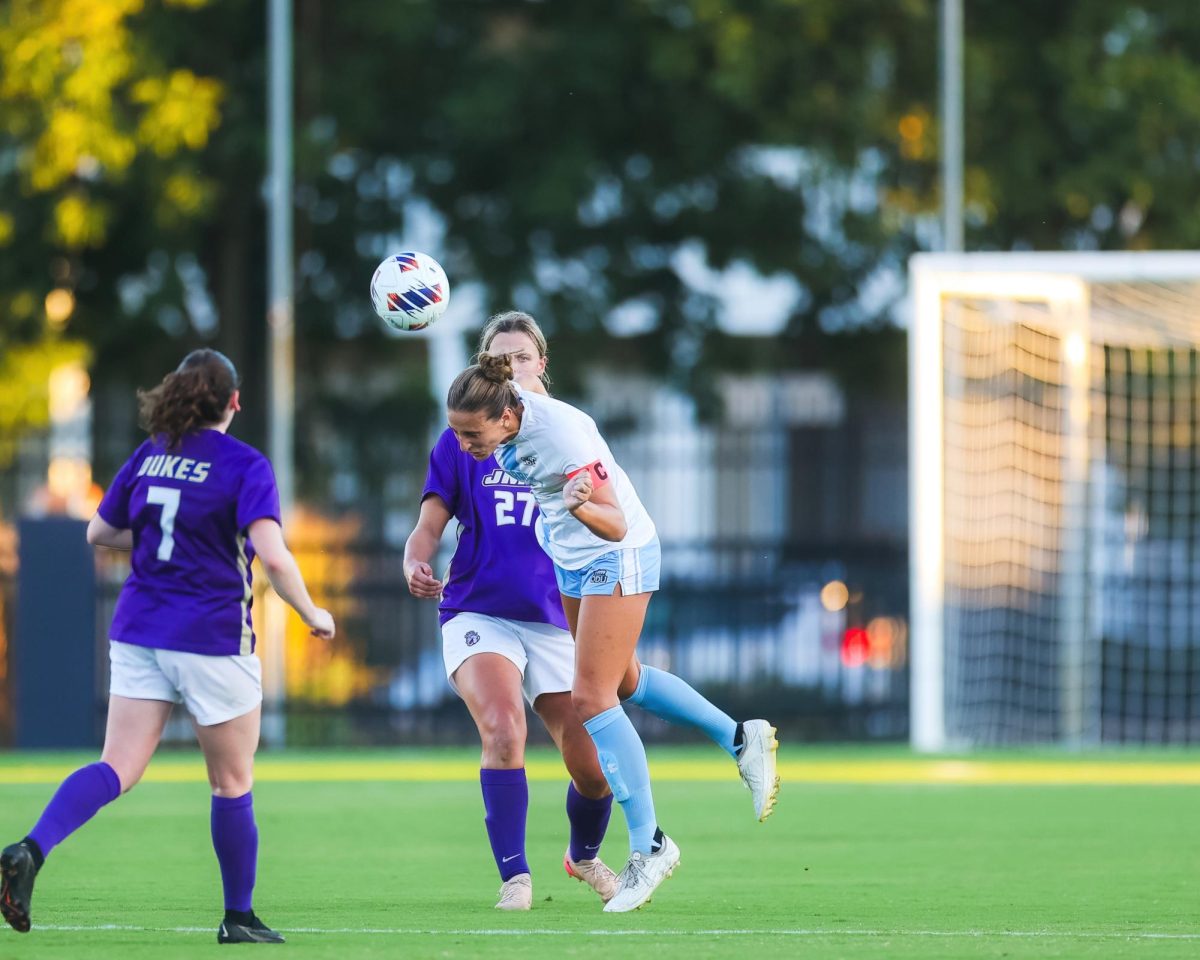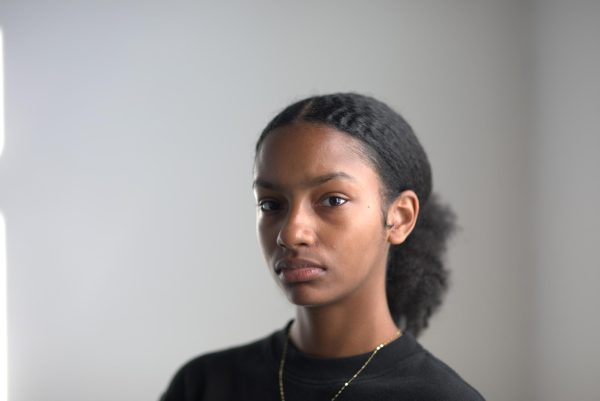It is a crucial time to stay environmentally aware, educated and engaged. The constant rotation of crises that inflict our environment, from natural disasters to climate induced-diasporas and extinction, is an unavoidable topic. With environmental bills being passed or agencies being de-funded, the information surrounding the topic may be overwhelming and cause existential dread.
However, the inevitability of climate change is exactly why it is important to stay aware of what is happening to our planet. The Environmental Justice Club at ODU is well aware of the need to stay engaged in conversations surrounding the environment.
The club is dedicated to hosting events for ODU students to learn about and advocate for the environment as well as participate in climate change discourse. The most recent event hosted by the Environment Justice Club was “The Art of Environmental Justice.”
The two day event took place on March 27 and 28 on Kaufman Mall.
From 12:30 p.m. to 1:30 p.m. on March 27, students were invited to meet and learn about different organizations within ODU and the local community. Organizations such as the ODU Botanical Club, ODU Veterinarian Club, The Elizabeth River Trail, The Elizabeth River Project, Norfolk Public Libraries, the 757 Reuse Center, the Nauticus, the Chesapeake Bay Project, Chesapeake Climate Action Network and Keep Norfolk Beautiful were all tabling the event, spreading information about who they are and how their organization is relative to the environment.
The second day of the event took place from 5 p.m. to 7 p.m. The second day was focused more on hands-on work and learning through crafting and an open mic. Guest speakers also arrived and delivered speeches on environmental justice.
One craft station at the event provided visitors with the opportunity to create no-sew tote bags from old T-shirts. The leftover scraps were “turned into cat toys that the vet club is going to give to shelters that they built relationships with,” explained the Environmental Justice Club’s President, Patty Stevens.
The event was responsible for the creation of a number of crafts. Glass jar renovations for plant propagation were made. Donated cardboard turned into protest posters. Plastic bags were used for plastic bag crocheting. All of which were exemplifying the ways in which people are able to reuse and repurpose what is typically seen as trash.
There was a table dedicated to the making and distribution of zines, or mini magazines. Coordinating with the event’s theme, the majority of the zines showcased were environmental justice based.
An open mic took place on the second day of the event where participants were able to share poetry, both environmental based and personal. Attendees were able to sign up to speak through QR codes, further maintaining the mission of reducing waste.
Guest speaker Kim Sudderth shared sentiments about her work with the environment, which can be found on her website. Sudderth was invited to the event after creating connections with students through guest speaking at events held by the Women and Gender Studies department at ODU. Sudderth “has dedicated her life to environmental justice and advocacy for it,” explained Stevens.
The large-scale event, “The Art of Environmental Justice,” took countless hours of meticulous planning by the Environmental Justice Club and participating organizations. It had been in the works since the previous semester after the club’s faculty sponsor, Lee Knight, told the members about a similar event that was planned prior to—and unfortunately canceled because of—Covid-19. The Environmental Justice Club itself had died at the start of the pandemic and it has taken an undeniable amount of energy for the students to not rebuild themselves from the ground up, but also host their biggest event to date.
Stevens is hopeful that the event inspired students to take environmental action in their daily lives. “I think the best thing that students can do to be more eco-friendly or sustainable in their college lives is simple things like reusing and reducing their use. Recycling is something that all of us think is going to fix the world, but really the big two R’s of the reduce-reuse-recycle is the reducing your use of single use items and reusing single use items as best as you can.”
This lesson, along with teaching the difference between environmental justice and environmentalism, is what The Environmental Justice Club was trying to demonstrate at their event. “The justice aspect of it is really, really important,” explained Stevens.
Through creation and education, The Environmental Justice Club showed students that there is still good to be done for the environment. Advocacy and engagement are the first steps to creating a better Earth for us all, and it starts in spaces like “The Art of Environmental Justice.”
This story was originally published in the Mace and Crown’s Spring 2025 magazine.


